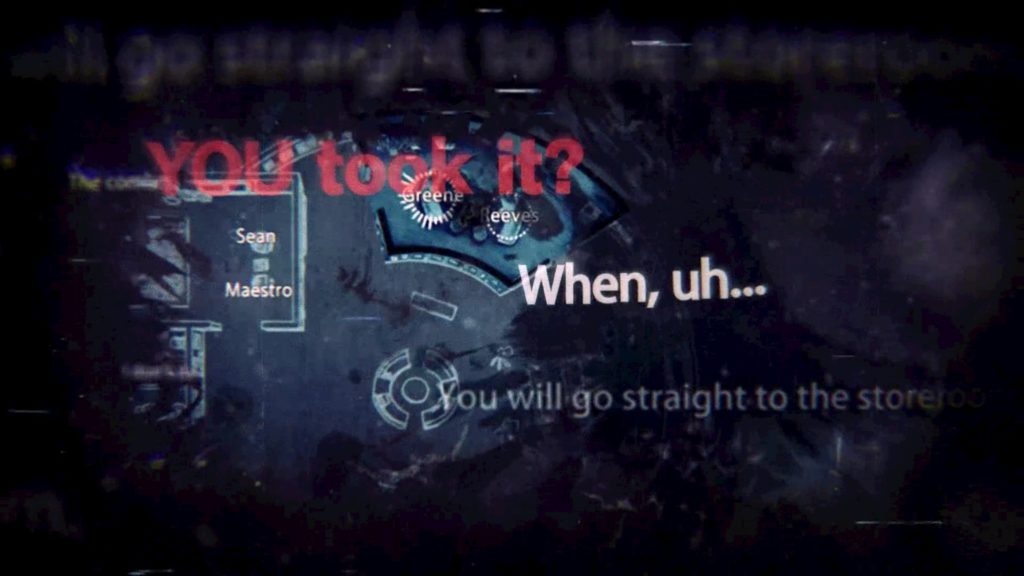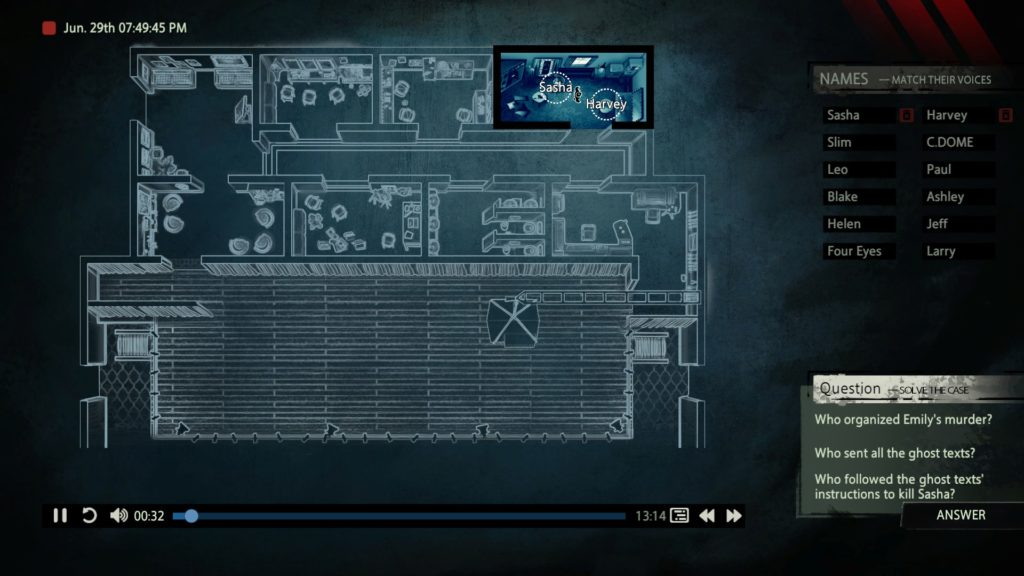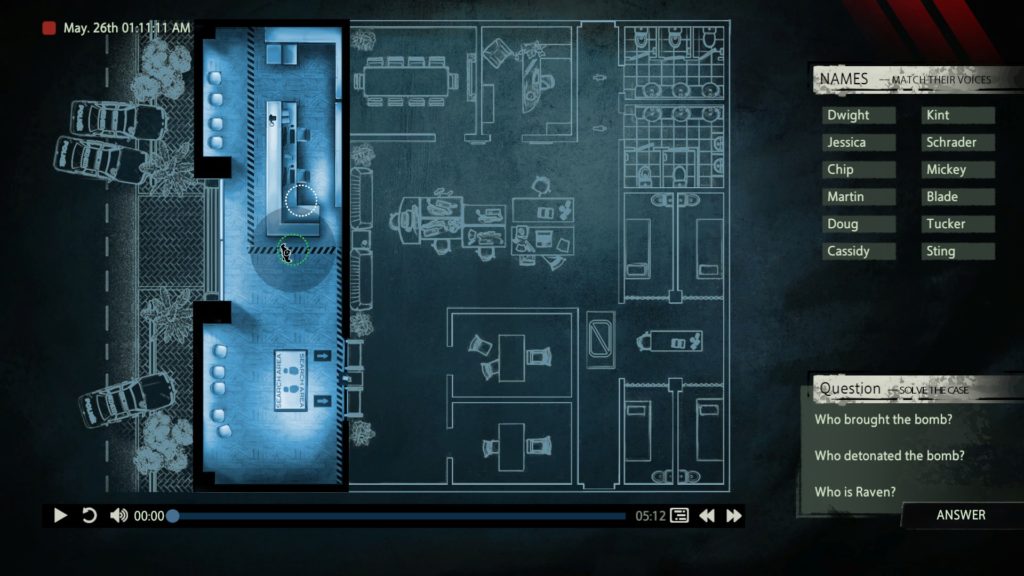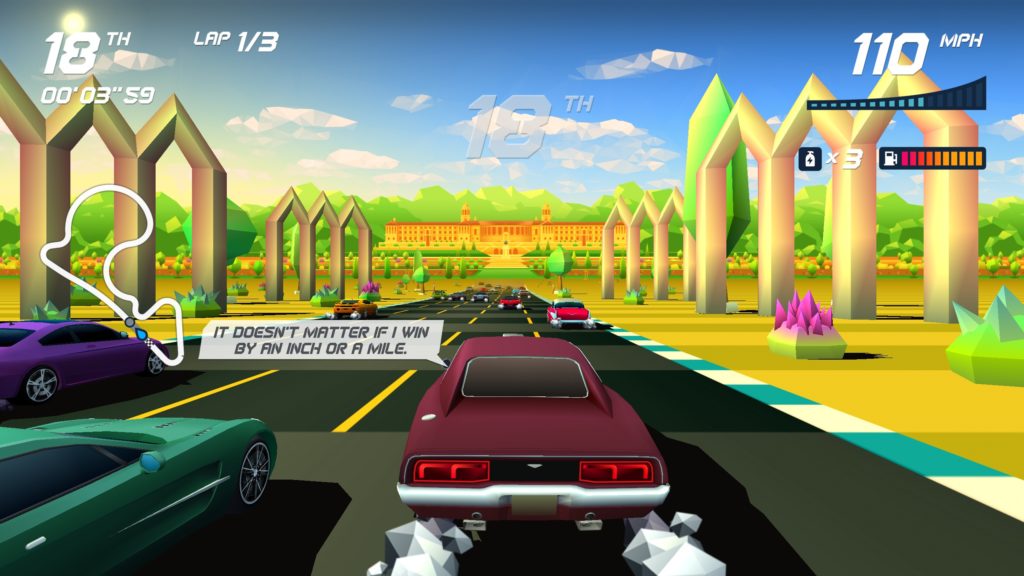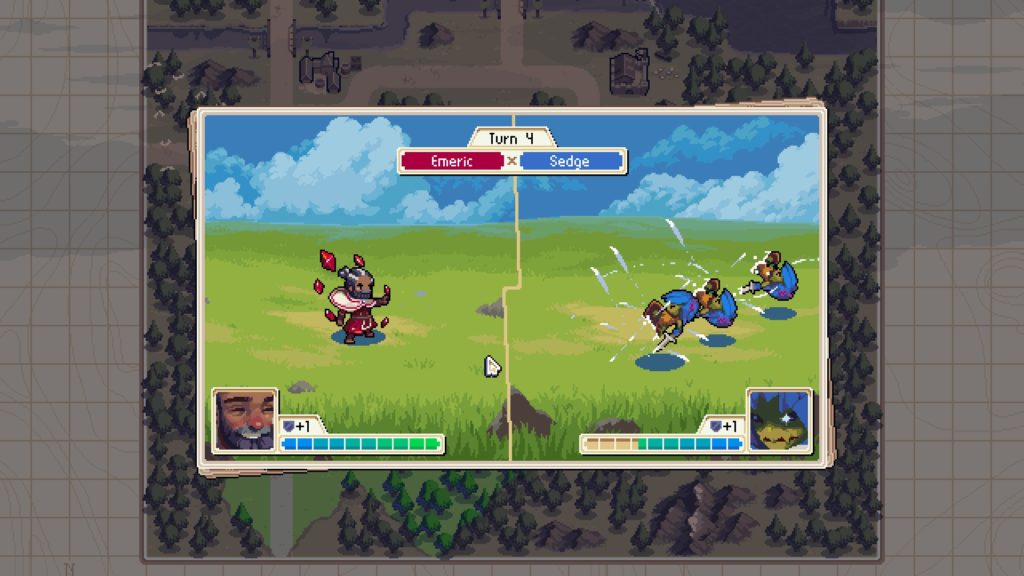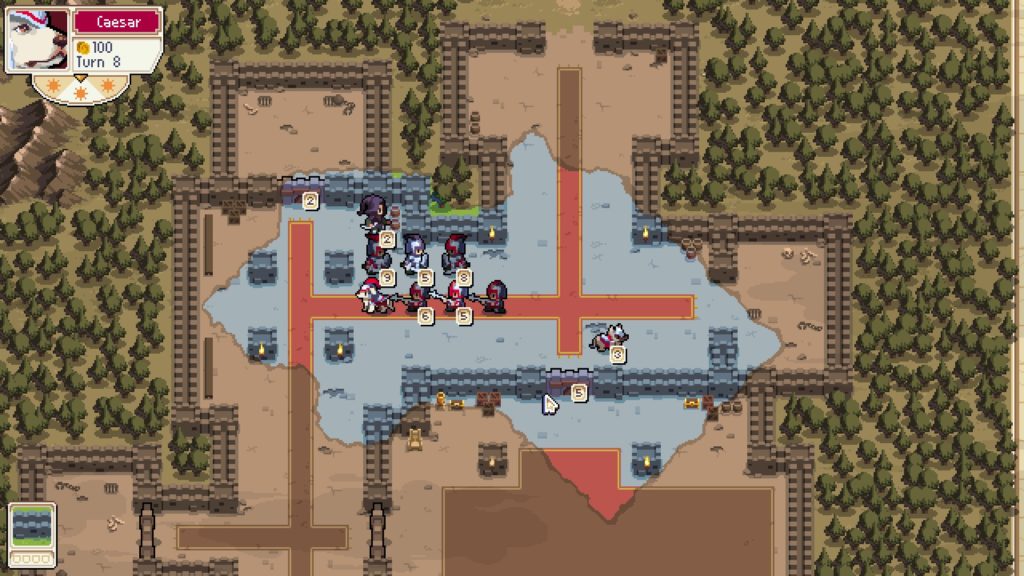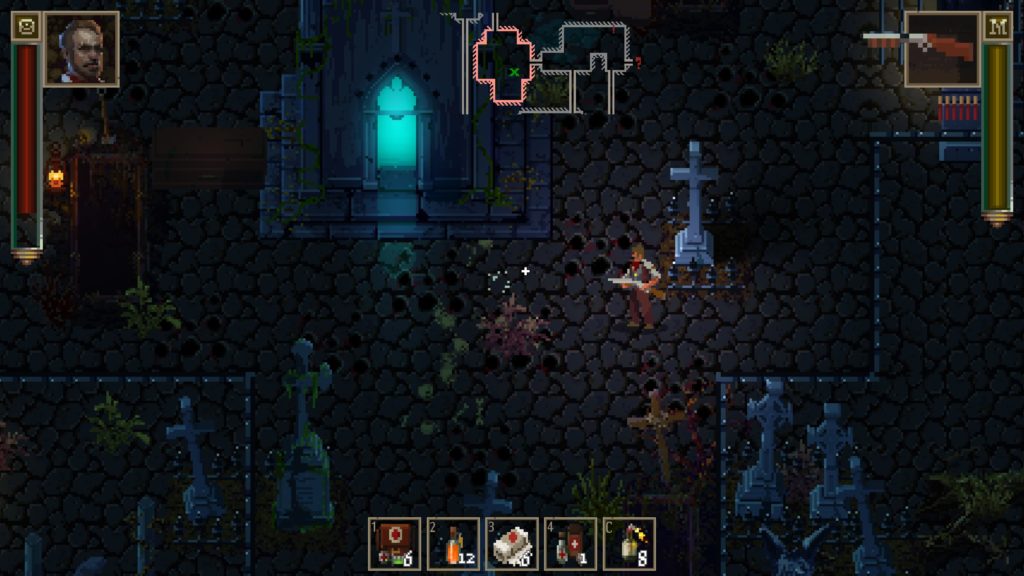Nightshade (Review/Going Back)

Source: Cashmoneys
Price: £3.99
Where To Get It: Steam
1992 was in a period of interesting experimentation in video-games. Not a whole lot was pinned down, and the hardware limited things in oft frustrating ways, so cool, yet clunky solutions were found… And not all of the lessons of these past games have been relearned. Nightshade is, I’m going to get this out of the way now, a difficult, and occasionally frustrating experience. It’s an adventure game that was on the NES, for a start, with action elements. And yet, now that it’s been re-released in emulated form by Piko Interactive, it’s somewhat easy to see why it was picked.

One thing to keep in mind, however, is that this game definitely has some annoyances. Fights, for example, are pretty gimmicky, fairly common, and are going to be the biggest source of game overs. More than other adventure games, the advice “Save early, save often” works pretty well. Select lets you choose what you want to do in adventure mode (Also pausing while this happens, which can buy you some time when a hostile is nearby), although you have to be close to objects to interact with them, and while the main character and world are well sprited, the other portraits are… Well, they clash, quite a bit.
Anyway, those aside, let’s talk the interesting things. First up, this is an action-adventure game, on the NES, in 1992. The select-action thing gets around a lot of the potential problems this could have caused, and the writing, while a little odd in places, generally has a light, humorous tone. The story’s a little hammy, but then, it’s a pulp superhero story, where a librarian becomes a trenchcoated crusader after the previous hero (Vortex, a proper cape) was captured and murdered by Sutekh, egyptian themed crimelord. Equally unfortunately, the game starts with your capture. Whatever will Lampsha- er, Nightshade do?
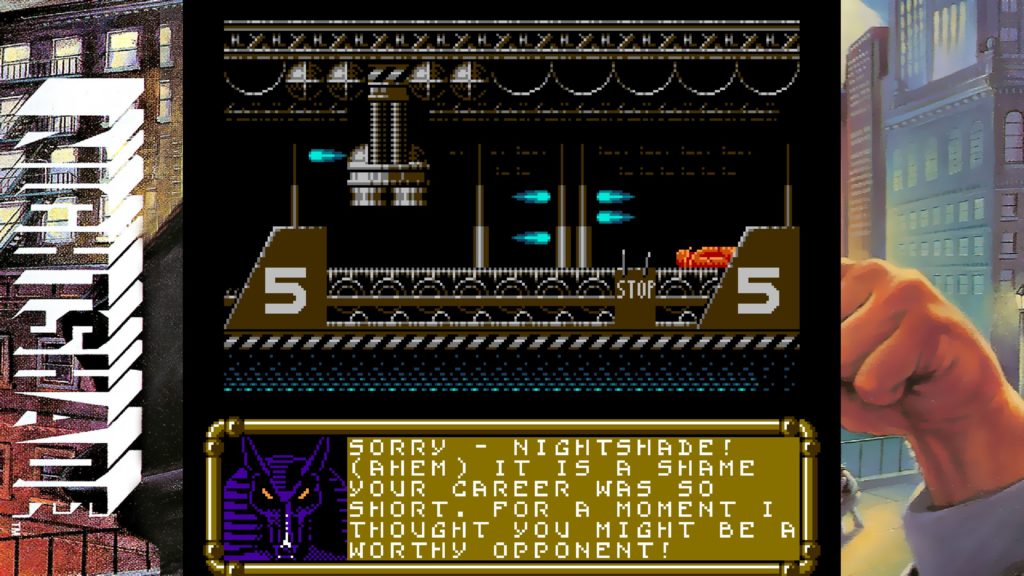
Funnily enough, this is a good tone-setter, as it’s a scenario many a pulpy hero has faced. Tied to a chair, bomb, candle, wall nearby… All the elements are there, and if you happen to “die”, well, the other clever thing about the game comes in: Lives are replaced by similar escape sequences to this, as Sutekh is the gloaty, easily-escapable deathtrap type. I mean, he learns from his mistakes, and the deathtraps escalate in difficulty until the fifth one is impossible to escape, but… I actually kinda like this. Suitably villainous, one might say.
Now, the important question here is “Is Nightshade any good?” , and the answer is “If you are somewhat used to how old adventure games pull things, yes, it’s definitely interesting. Or if you remember that this is emulated, and that save-states will allow you to explore without so much frustration, sure.” It’s an interesting look at how console obstacles for adventure gaming were gotten around (and, honestly, the villainous deathtrap/lives thing is a choice I’d like to see more in media involving supervillains), it isn’t, as far as 90s games go, unresponsive or bad, and £4 for trying a mostly forgotten, and interesting piece of gamedev history is not a bad price at all.

Nightshade isn’t one of those forever-classics. But it’s definitely worth a look.
The Mad Welshman, you may have noted, appreciates experimentation. And the 90s is a treasure trove of it.


